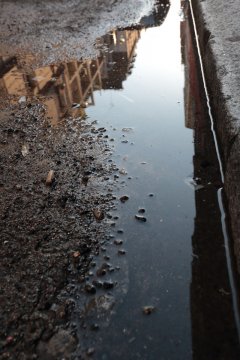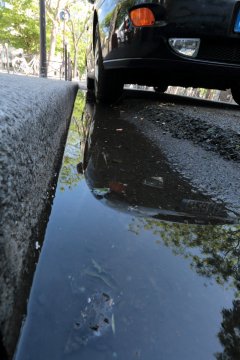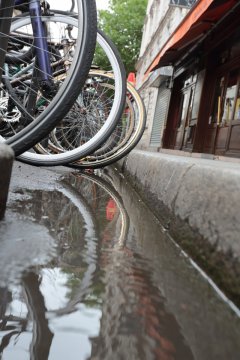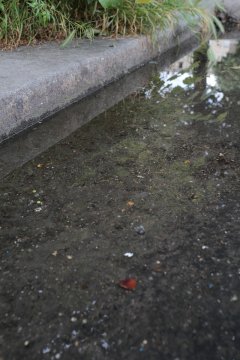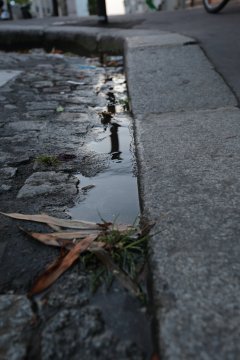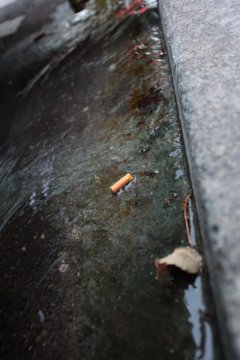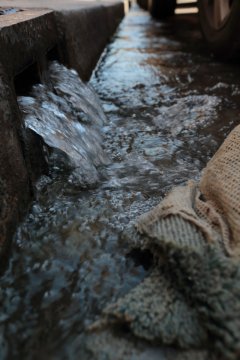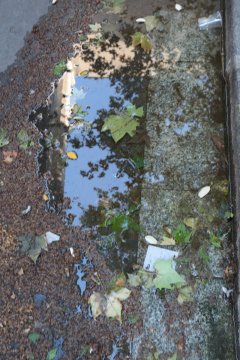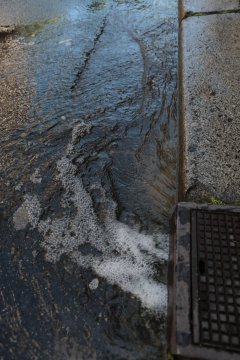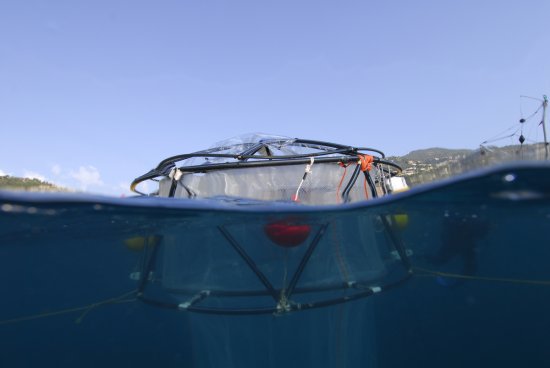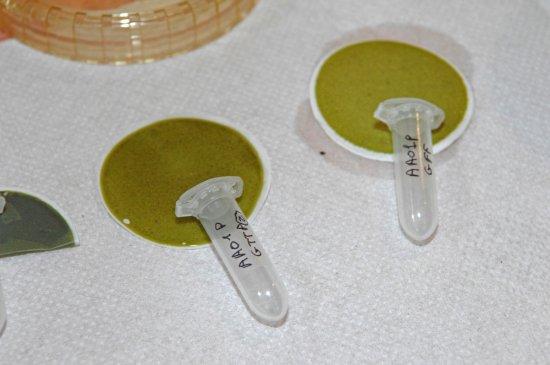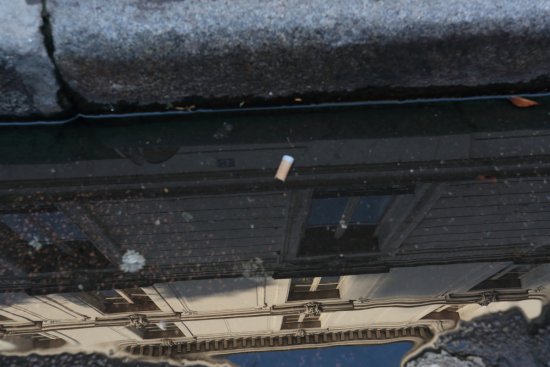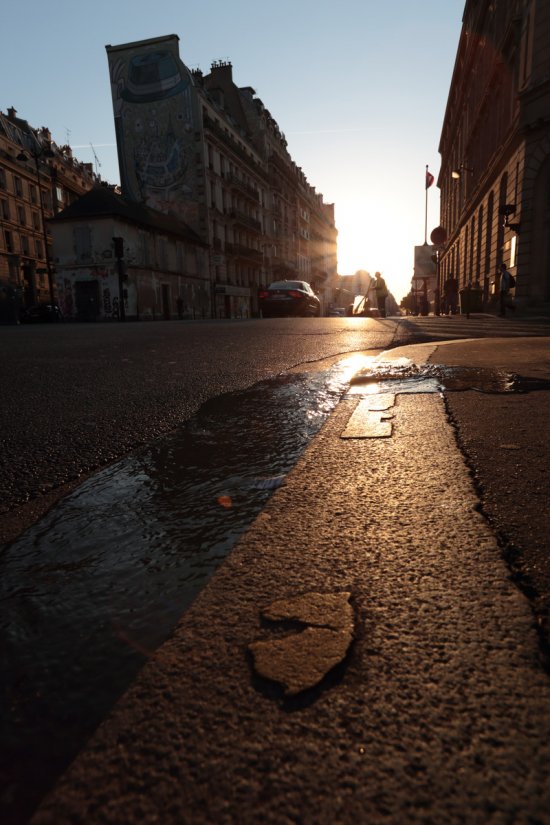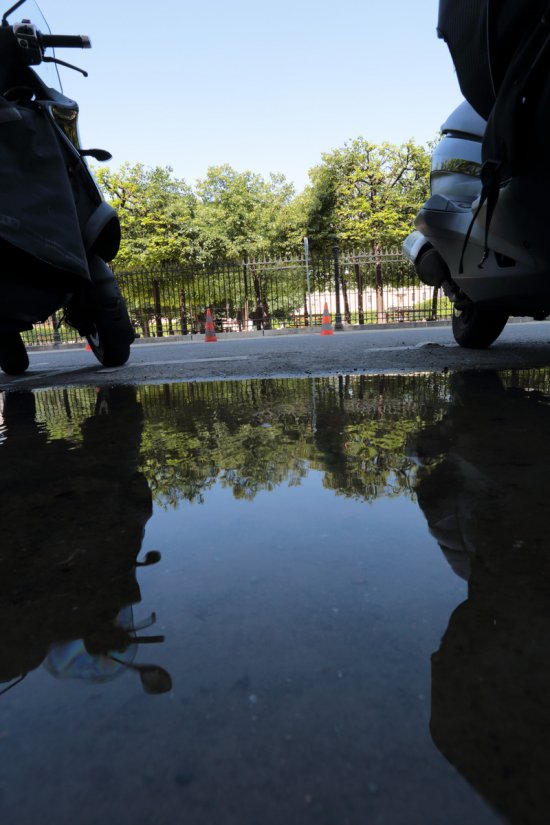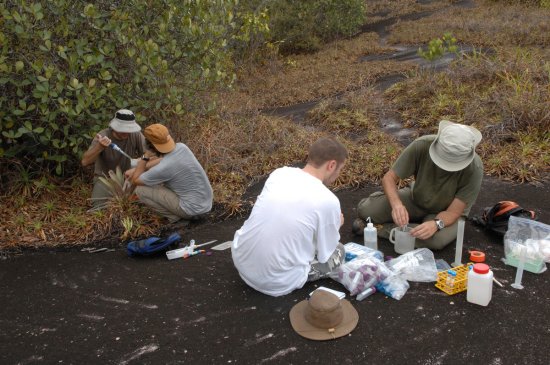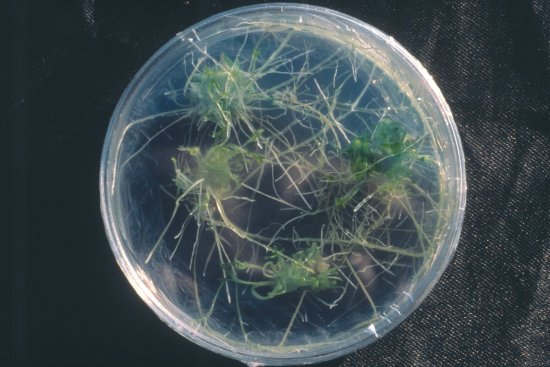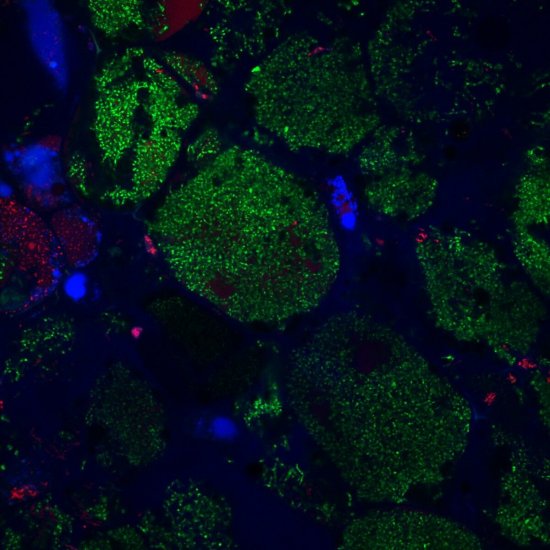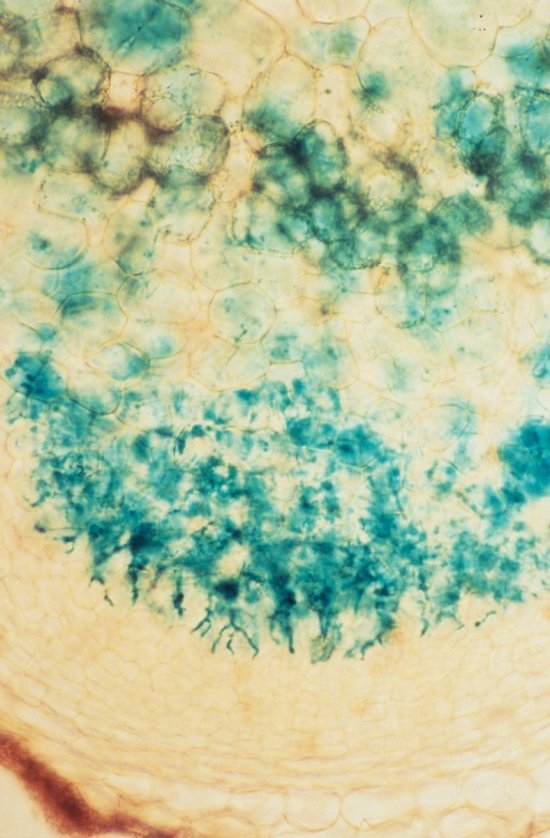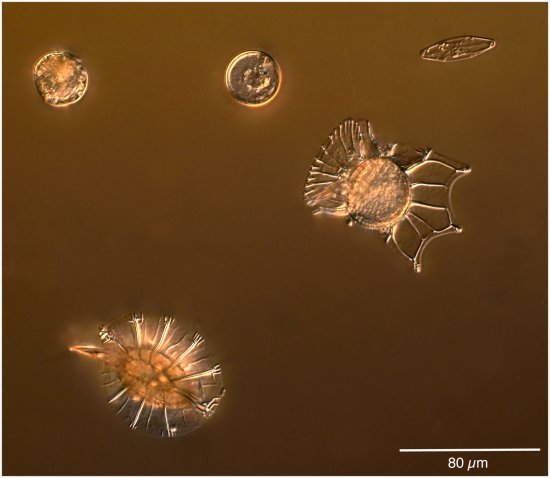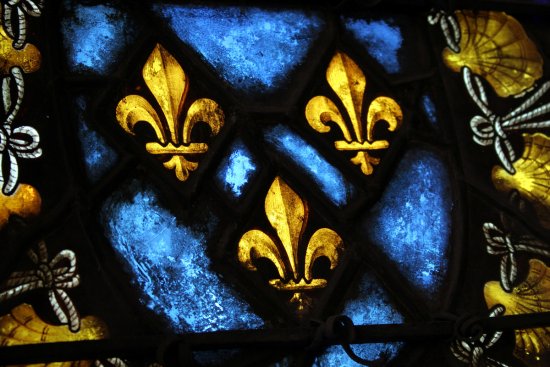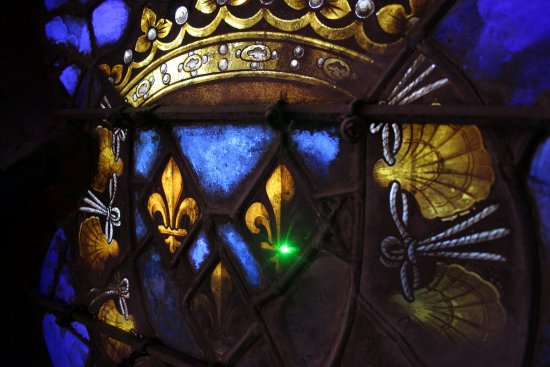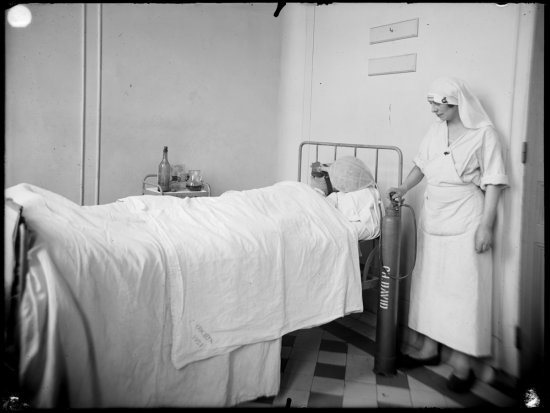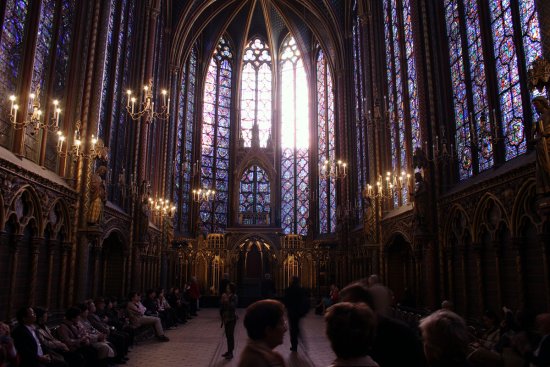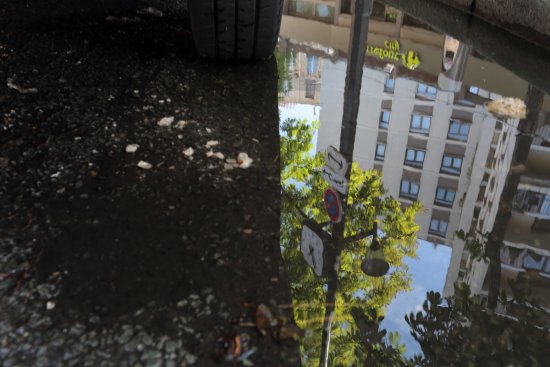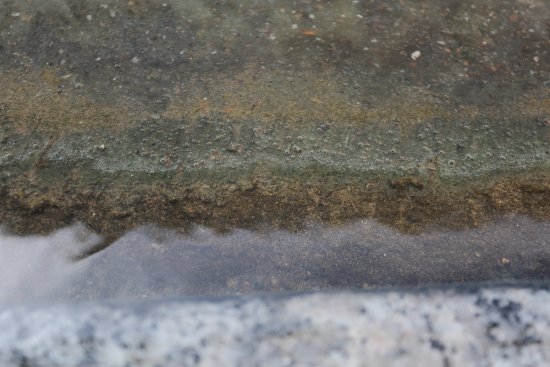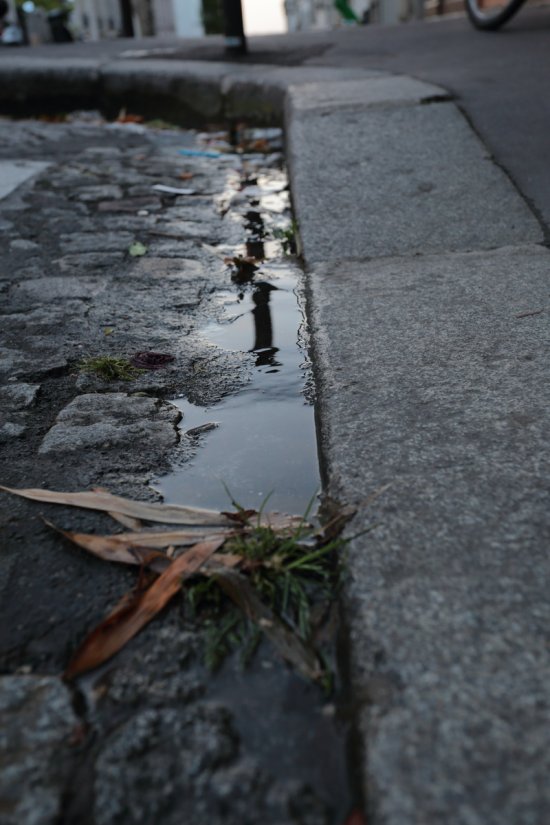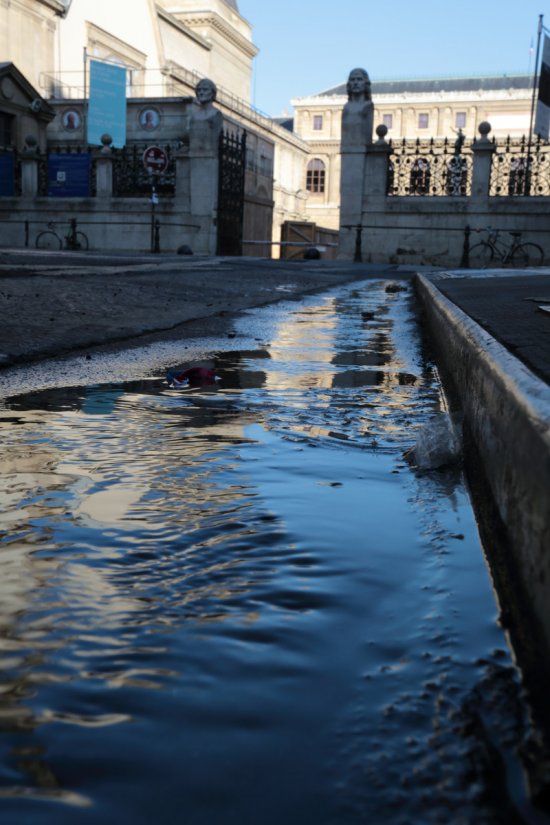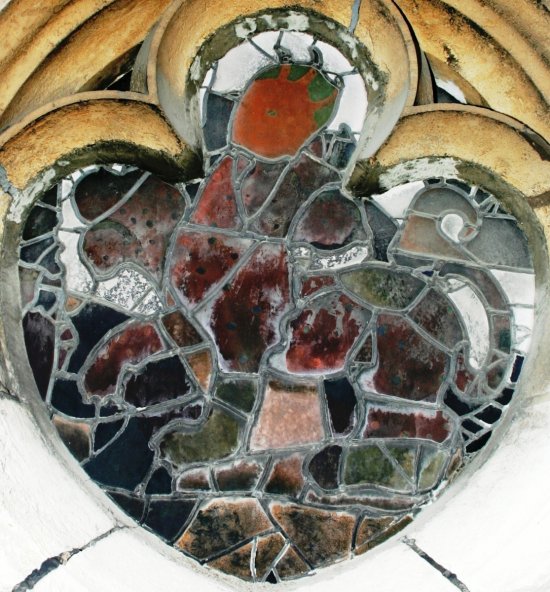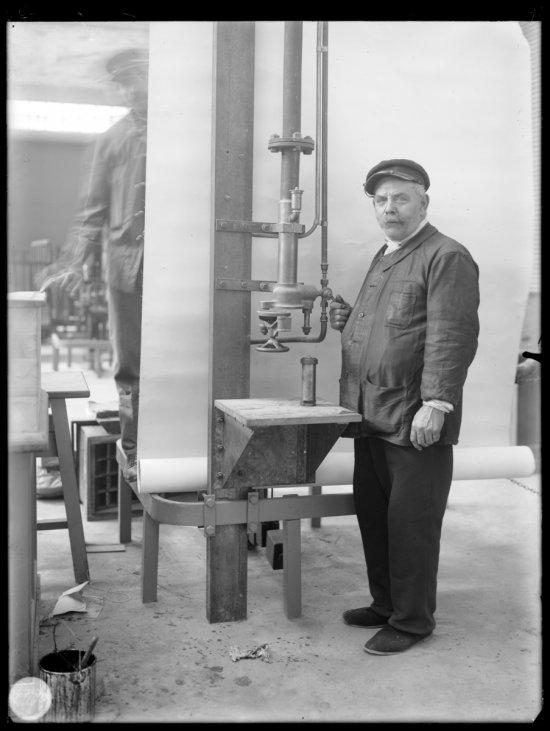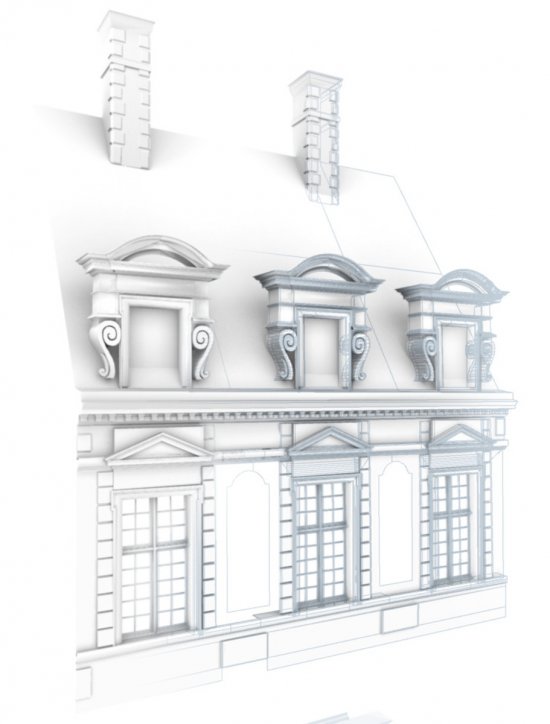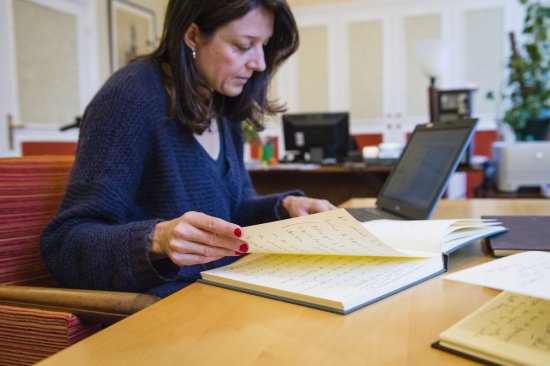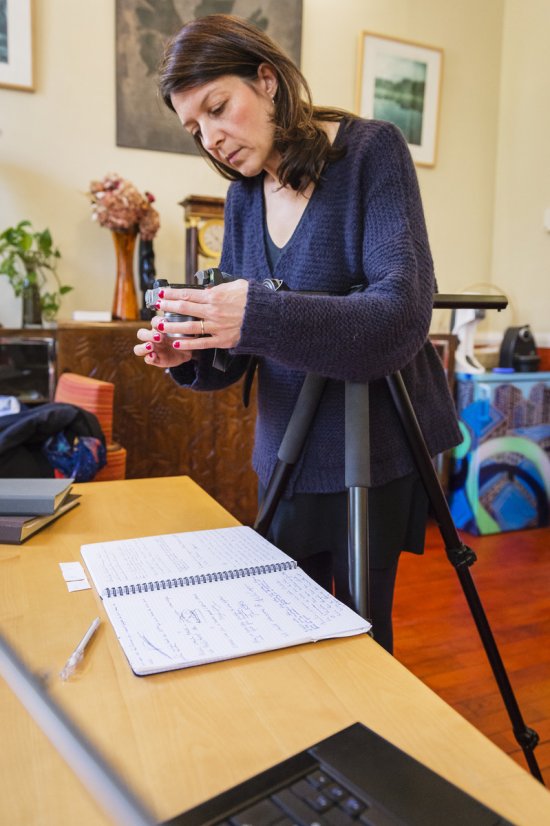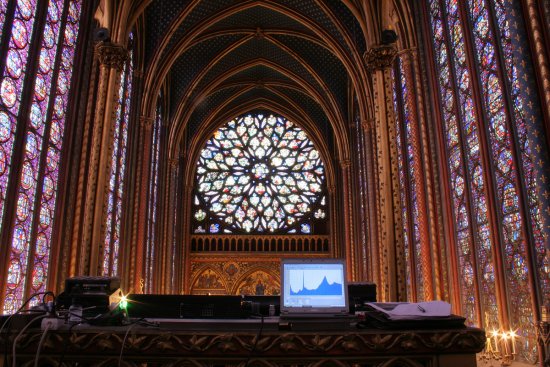
© Pascal Jean LOPEZ / BOREA / MNHN / IRD / UPMC / UNICAEN / UA / CNRS Images
Reference
20170116_0021
Caniveau parisien
Parisian gutters harbour an impressive variety of micro-organisms. Scientists have studied biodiversity in street gutters, and compared it to biodiversity in sources of non-potable water. They analysed around a hundred samples from locations throughout Paris, and found 6,900 potential eukaryote species. Much of this great biodiversity consists of microalgae in the diatom group, alongside other unicellular eukaryotes such as amoebas, alveolates and rhizari, as well as fungi, sponges and molluscs. Scientists have developed the hypothesis that these complex biological communities could be harnessed to treat stormwater and urban waste by helping to break down solid waste and other types of pollutants.
The use of media visible on the CNRS Images Platform can be granted on request. Any reproduction or representation is forbidden without prior authorization from CNRS Images (except for resources under Creative Commons license).
No modification of an image may be made without the prior consent of CNRS Images.
No use of an image for advertising purposes or distribution to a third party may be made without the prior agreement of CNRS Images.
For more information, please consult our general conditions

